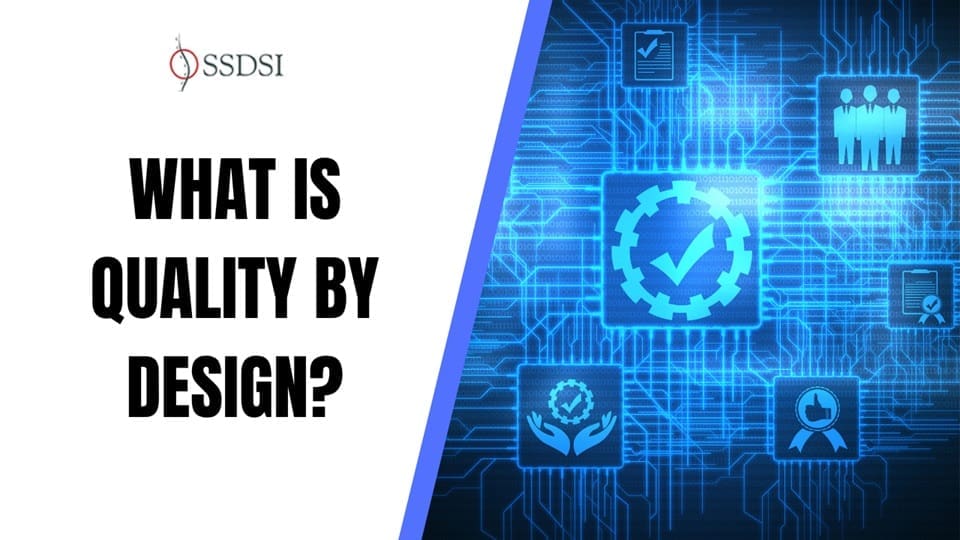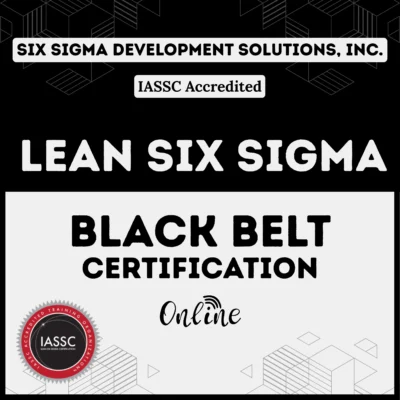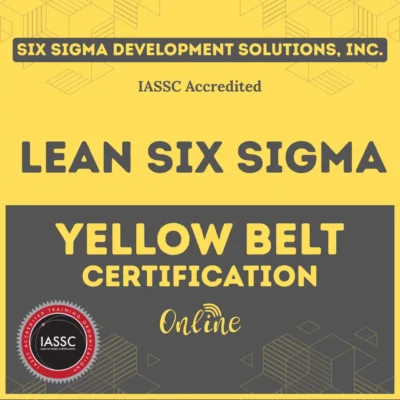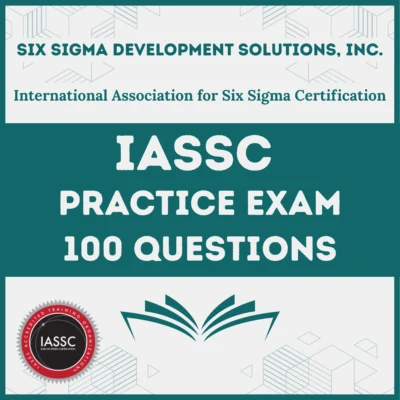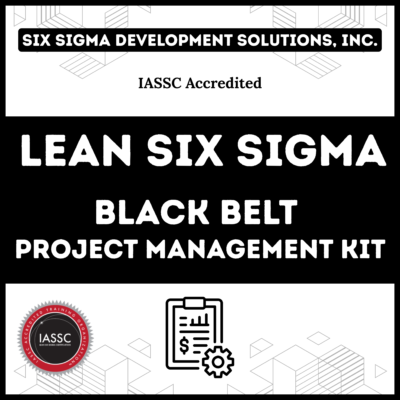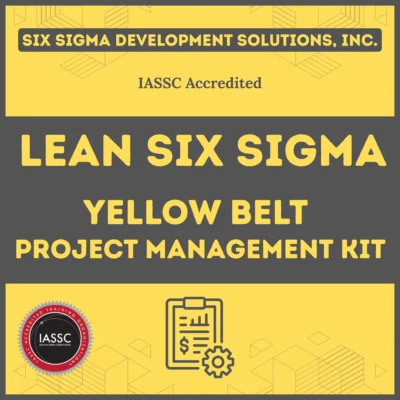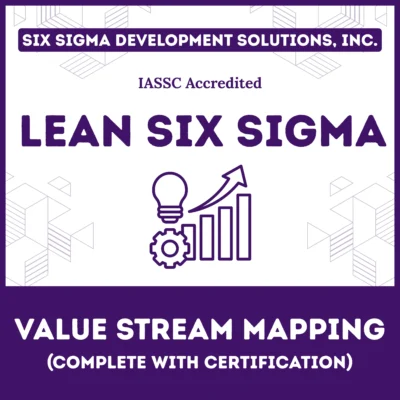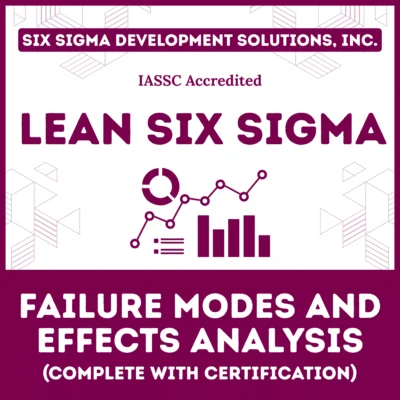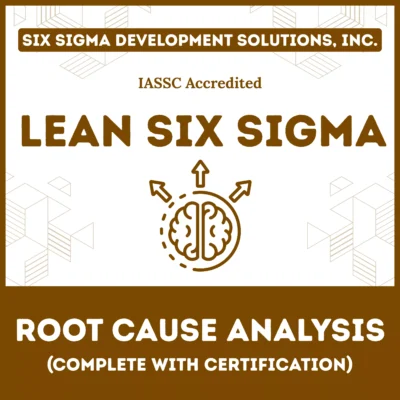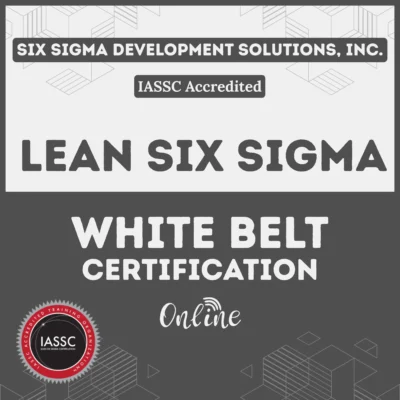Quality by Design (QbD) is a proactive approach to creating high-quality products and processes right from the initial design phase. Rather than relying solely on end-point testing or corrective actions, QbD builds quality into each step of development, bringing science, risk management, and customer needs to the forefront of innovation.
This method is transforming industries like pharmaceuticals, medical devices, consumer goods, and software by shifting the focus toward deep process understanding, continuous improvement, and strategic controls.
Table of contents
What Is Quality by Design?
Quality by Design is a systematic strategy that integrates quality principles, science, and risk assessment into product and process development. In pharmaceuticals, QbD means designing drugs that consistently meet safety, efficacy, and regulatory standards by understanding critical quality attributes (CQAs) and critical process parameters (CPPs).
Developed by Dr. Joseph Juran, QbD emphasizes that quality must be planned and built in—not just inspected or tested at the end. QbD provides a framework for delivering products that are “fit for use,” meeting customer requirements while minimizing errors, inefficiencies, and compliance risks.
Key Principles of Quality by Design
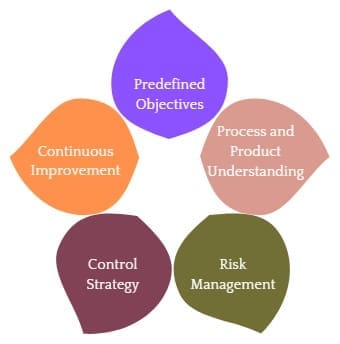
QbD is founded on several core principles:
- Predefined Objectives: Begin with clear goals for product efficacy, safety, performance, and customer needs (Quality Target Product Profile, QTPP).
- Process and Product Understanding: Identify critical material attributes (CMAs) and study how variables affect quality outcomes.
- Risk Management: Apply scientific methods and analytical thinking to assess and minimize risks throughout the lifecycle.
- Control Strategy: Establish controls and specifications for materials, processes, and the finished product.
- Continuous Improvement: Encourage knowledge sharing, root cause analysis, and updates to processes based on real-world results.
QbD is not a one-time event—it requires ongoing collaboration, design review, and learning to ensure the highest standards are met.
Public, Onsite, Virtual, and Online Six Sigma Certification Training!
- We are accredited by the IASSC.
- Live Public Training at 52 Sites.
- Live Virtual Training.
- Onsite Training (at your organization).
- Interactive Online (self-paced) training,
The Quality by Design (QbD) Process
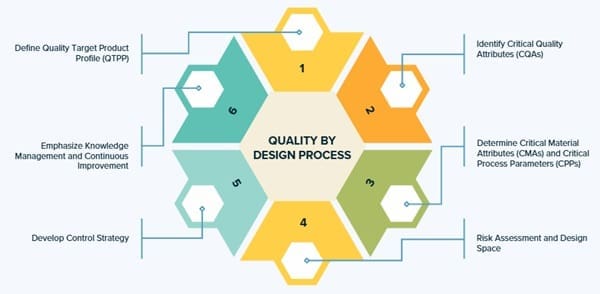
To implement QbD, organizations can follow these key steps:
1. Define Quality Target Product Profile (QTPP)
Start by identifying the ideal characteristics, use case, performance criteria, and safety profile of the product. The QTPP guides all subsequent design and quality planning.
2. Identify Critical Quality Attributes (CQAs)
List the physical, chemical, biological, or other attributes essential for quality—such as potency, release rate, stability, and purity in pharmaceuticals.
3. Determine Critical Material Attributes (CMAs) and Critical Process Parameters (CPPs)
Pinpoint the raw materials and process variables most likely to influence the CQAs. For example, ingredient purity, temperature, mixing speed, and humidity.
4. Risk Assessment and Design Space
Analyze risks associated with each step, experiment with different conditions, and map out a “design space” where quality thresholds will be consistently met.
5. Develop Control Strategy
Design controls—such as specifications, monitoring, feedback systems, and corrective actions—to maintain quality and manage deviations throughout production and delivery.
6. Emphasize Knowledge Management and Continuous Improvement
Document learnings, share insights across teams, review post-launch performance, and update protocols as new risks or opportunities emerge.
Also Read: Data Quality Tools
Quality by Design in Pharmaceuticals
QbD is central to modern pharmaceutical development, as defined by guidelines from organizations like the FDA and EMA.
- Scientific Experimentation: Use statistical designs (Design of Experiments, DoE) to test the impact of CMAs and CPPs on CQAs, ensuring robust design and scale-up.
- Regulatory Compliance: Demonstrates to regulators how a drug’s quality is designed, controlled, and maintained—easing approvals and minimizing recalls.
- Risk-Based Approach: Evaluates risks (contamination, variation) early and manages them strategically, rather than reacting to failures after the fact.
QbD ensures drugs are not only safe and effective but also manufactured reliably, reducing batch failures, compliance headaches, and wasted resources.
How QbD Differs from Traditional Quality Methods?
| Aspect | Traditional Quality | Quality by Design |
| Quality Implementation | Inspected post-production | Built-in from the start |
| Root Cause Analysis | Reactive, after defects | Proactive, during design |
| Process Control | Limited to final test | End-to-end monitoring |
| Risk Management | Scientific when issues arise | Systematic, ongoing |
| Customer Focus | Often after launch | Involved in design phase |
QbD prevents defects and non-compliance rather than just finding and fixing them, saving costs, enhancing reputation, and protecting end-users.
Benefits of Quality by Design
Adopting QbD delivers wide-ranging benefits:
- Consistent Product Quality: Ensures every batch meets strict standards, reducing recalls and customer complaints.
- Cost Savings: Prevents wasted time and resources due to less rework, fewer failures, and streamlined compliance.
- Faster Time to Market: Well-designed processes speed regulatory acceptance and commercial scaling.
- Improved Risk Mitigation: Early risk identification and proactive controls limit surprises during manufacturing or deployment.
- Customer Trust: Products are safer, more effective, and more reliable—driving loyalty.
Examples of QbD in Action
- A pharma company uses QbD to optimize extended-release tablet formulation, identifying optimal coating and compression settings for consistency.
- Biotech startups leverage QbD for medical devices, mapping critical safety features and testing prototypes with customer representatives to ensure reliability.
- Software teams apply QbD by defining user experience attributes, using agile experimentation, and validating security risks upfront, rather than after launch.
Also Read: Craft a Winning Quality Policy
The Juran Model and Quality Trilogy
Dr. Joseph Juran’s “Quality Trilogy”—planning, control, and improvement—provides the backbone of QbD. QbD aligns with this model by:
- Planning for quality in design and process development
- Controlling process variables to ensure ongoing performance
- Continuously improving based on data and user feedback
The trilogy encourages organizations to make quality an integral part of every conversation, team action, and product strategy.
Frequently Asked Questions (FAQs) on QbD
Q1: What is the meaning of quality by design (QbD)?
Quality by Design means building quality into products and processes from the outset using science, risk management, and control strategies.
Q2: How does QbD apply in pharmaceuticals?
It guides drug development by mapping critical attributes and processes, using experiments, risk analysis, and robust controls to ensure consistent quality.
Q3: What are CQAs and CPPs in QbD?
Critical Quality Attributes (CQAs) are measurable product characteristics; Critical Process Parameters (CPPs) are process variables that influence CQAs.
Q4: How does QbD improve product safety and reliability?
QbD identifies risks, sets robust controls, and tests proactively—lowering failure rates and regulatory issues.
Q5: Is QbD only for pharma?
No. While pharma leads adoption, QbD applies to medical devices, consumer goods, clinical trials, and software development.
Final Words
Quality by Design is more than a compliance strategy—it’s a mindset. By embedding quality and customer needs into every step of development, organizations reduce risks, prevent errors, and deliver better products more efficiently. QbD encourages a culture of scientific learning, teamwork, and lasting excellence.

About Six Sigma Development Solutions, Inc.
Six Sigma Development Solutions, Inc. offers onsite, public, and virtual Lean Six Sigma certification training. We are an Accredited Training Organization by the IASSC (International Association of Six Sigma Certification). We offer Lean Six Sigma Green Belt, Black Belt, and Yellow Belt, as well as LEAN certifications.
Book a Call and Let us know how we can help meet your training needs.

